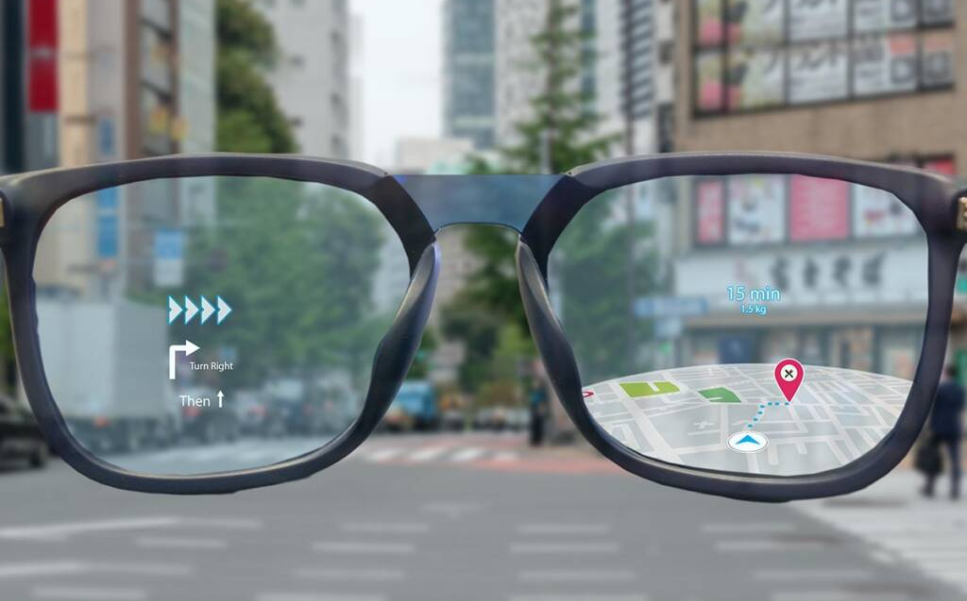Swave Photonics Secures €6M from Samsung and IAG to Advance Holographic Display Platform

- Swave Photonics has raised an additional €6 million ($6.97 million) in Series A funding led by IAG Capital Partners and Samsung Ventures.
- The funds will accelerate the development and commercialization of its Holographic eXtended Reality (HXR) technology for spatial and AI computing platforms.
Swave Photonics announced a follow-on investment of €6 million to its Series A round, bringing new capital from Samsung Ventures alongside existing backer IAG Capital Partners. The new funding follows a previous €27 million Series A raise in January 2025.
“This follow-on investment demonstrates that there is tremendous excitement for the emerging Spatial + AI Computing era, and the display technology that will help unlock what comes next,” said Mike Noonen, Swave CEO, in an official press release. “These funds from our existing investor IAG Capital Partners and new investor Samsung Ventures will help Swave accelerate the commercialization and application of our novel holographic display technology at the heart of next-generation spatial computing platforms.”
The company is developing Holographic eXtended Reality (HXR), a display platform based on diffractive photonics using CMOS chip technology. The platform eliminates the need for waveguides by using the world's smallest pixel to sculpt 3D images directly from light, enabling realistic spatial visualization.
This investment will support further development and commercialization of Swave's HXR technology, which has earned recent recognition including a CES 2025 Innovation Award and semi-finalist status for Electro Optic's Photonics Frontiers Award. According to Swave Photonics, "HXR is the only technology able to meet all the design goals for next generation AR glasses."
🌀 Tom’s Take:
Swave’s chip-based holography could finally make AR glasses actually look like glasses. By sculpting lightwaves into full 3D shapes with natural focus cues, it skips the bulky optics and solves the depth mismatch that causes eye strain in today’s displays.
Source: Business Wire / Swave






